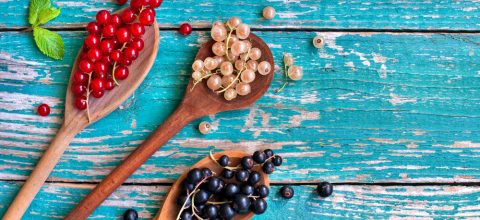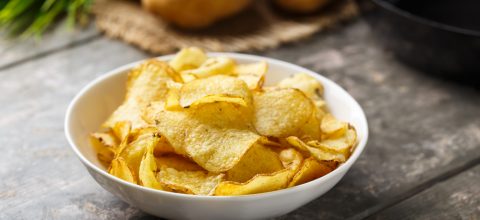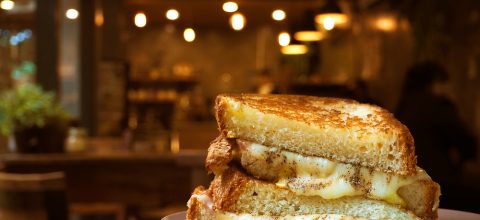My son Steven asked me what I wanted for my birthday dinner. He also asked me this question: If I could have something that I couldn’t resist, what would it be? I thought it would be an easy answer. It wasn’t.
I have experienced a lot of indulgent foods in my lifetime. Some chefs may have had more, but I think I have had a few really good ones. Having lived a chef’s life, I didn’t have a lot of money as a young chef and had to create food memories around treating myself to something special on a rare occasion. As I matured, I was able to afford a better lifestyle. However, after a few expensive and, in my mind, poorly spent dining experiences, I started to rely on myself to create those moments. The question of indulgence as it relates to eating was something I started to ponder again.
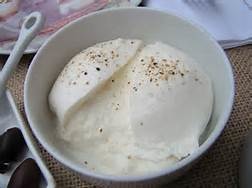 Recently this thought was reignited by an adjective that was being associated with a raw ingredient. The speaker was describing the mouth feel of fresh Burratta, the “in” cheese of the moment. It was described as “indulgent.” How does one single ingredient make something indulgent, or how can it be indulgent?It is somewhat personal, but in terms of building a dish there is definitely some thought behind it. There are a few ingredients which when combined can make a dish go from simple to indulgent. It is also one of those “duh” decisions when it happens. In contrary to social media or TV entertainment, indulgence isn’t about excess or cinematography creating the ever present “food porn.” It is about adding a few things to a dish or to your guest’s table that makes you want to go back, and wanting some more even though your brain says to stop. Indulgence is about making something so OMFG tasty that you can’t resist it.
Recently this thought was reignited by an adjective that was being associated with a raw ingredient. The speaker was describing the mouth feel of fresh Burratta, the “in” cheese of the moment. It was described as “indulgent.” How does one single ingredient make something indulgent, or how can it be indulgent?It is somewhat personal, but in terms of building a dish there is definitely some thought behind it. There are a few ingredients which when combined can make a dish go from simple to indulgent. It is also one of those “duh” decisions when it happens. In contrary to social media or TV entertainment, indulgence isn’t about excess or cinematography creating the ever present “food porn.” It is about adding a few things to a dish or to your guest’s table that makes you want to go back, and wanting some more even though your brain says to stop. Indulgence is about making something so OMFG tasty that you can’t resist it.
I hope some of the chefs for whom I have worked in the past aren’t reading this…and if they are, that they will forgive me. My favorite late night kitchen snack used to be heavily buttered white toast with a copious layer of beluga caviar. The saltiness of the caviar and the fattiness of the butter are perfect together. The toasted white bread brought a little roundness to the flavor. Another breakfast treat was a fried egg sandwich with perfectly cooked bacon, meaning not crispy, slightly under and still a little chewy. Think about the fried egg on top of a burger or a perfect poached egg in a frisée salad. The yolk has to be runny. It is the richness of the warm yolk, especially if it runs down the side of your hand, that makes the dish perfect. I bet you don’t even use a napkin to clean it up. In both of these simple dishes, fat, whether butter or egg yolk, provides a lot of dimension in the dish, offering a particular richness and satiety without being a large percentage of the dish. This is the art form of cooking.
In the art of cooking, chefs can take a small portion of a very luxurious ingredient and add it to a dish to make it an over-the-top experience. It is not just a fat. For those in the know, fat is now becoming far less mischievous in the health-based media as it may not be that bad for you (in moderation) as previously thought. Flavor scientists are also discussing the idea of fats becoming the sixth taste. Watch out Umani! By the way, one of those other late night snacks was the trimmed fatty tail pieces of prime rib dipped in Béarnaise sauce. I am still paying for that, but it is really decadent. The key here is not really layering one fatty decadent item on top of another. The fat is supposed to work as a distribution tool. The fat picks up the other flavors and helps create a balance. Think about a sandwich without a little bit of mayonnaise or spread. The inherent touches of sweetness in fats help out as well.
The same affect can be done with sweeteners as well as piquant items such as chills. The tomato and mozzarella salad made with Burratta is luxurious, but the addition of an aged balsamic vinegar takes it to another level. This process involves reversing the addition of fat and adding an acidic and sweetened flavor to counterbalance. This is the same with aromatics. Truffle oil isn’t about the oil itself, it’s all about the aroma of the oil. In most cases the oil has no truffle taste. If it did, it would be ghastly expensive for date night truffled parmesan popcorn. That same mouth feel supplied by fat can also be provided by modified starches such as gelatin and gums. In the case of the former, a pho is not the same without the slow cooked tendon or bubble tripe giving that certain texture. Hit it with some fresh chili or sambal oelek and it becomes indulgent.
Here is a basic rule I have learned that goes in both directions.
- Healthy and Natural: accentuate with Indulgent
- Indulgent: compliment with Healthy/Natural
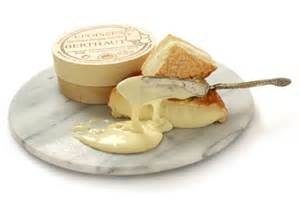 For example, think about vanilla ice cream with bourbon toffee, caramelized peanuts and sea salt. Have you ever thought about adding foie gras butter to your espresso? On the other hand, one of the best experiences is Jamon Iberico, freshly sliced as paper thin as you can get it with a piece of fresh fig. Simple ingredients, yes, but very indulgent. Ask my close friends about eating a fully ripened Epoisses cheese and a baguette. No more, no less, but very indulgent. So if you are at a restaurant and they are shaving Bottarga over something, go ahead and order it because it may be worth the few extra bucks. The intensity of this dried and salted fish roe is very satisfying.
For example, think about vanilla ice cream with bourbon toffee, caramelized peanuts and sea salt. Have you ever thought about adding foie gras butter to your espresso? On the other hand, one of the best experiences is Jamon Iberico, freshly sliced as paper thin as you can get it with a piece of fresh fig. Simple ingredients, yes, but very indulgent. Ask my close friends about eating a fully ripened Epoisses cheese and a baguette. No more, no less, but very indulgent. So if you are at a restaurant and they are shaving Bottarga over something, go ahead and order it because it may be worth the few extra bucks. The intensity of this dried and salted fish roe is very satisfying.
In thinking about my son’s question, my dinner will probably include some of the following: confit of chicken oysters with sauce périgourdine, a poached egg on something, some kind of encased meats and mustard, Jamon Iberico with roasted tomato, artisan bread and room temperature butter to wipe up the sauce from the chicken oysters and the egg yolk and a really great pint of cask conditioned ale. Dessert is always a plate of great ripe cheese, a Belgian Doppel and a little bit of chocolate. The part that would make it really OMFG is having all of this with my friends and family and not caring about work the next day.
Indulgences
Bottarga
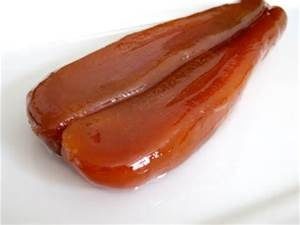
This is salted grey mullet roe used in Italian kitchens. Try it out for yourself here.
Sauce Périgourdine
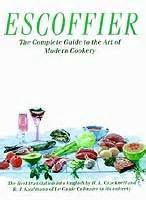
This is recipe #66 in Le Guide Culinarie and is one that all chefs should know.
Truffles
 Here is a source for truffles if you are really ambitious.
Here is a source for truffles if you are really ambitious.


